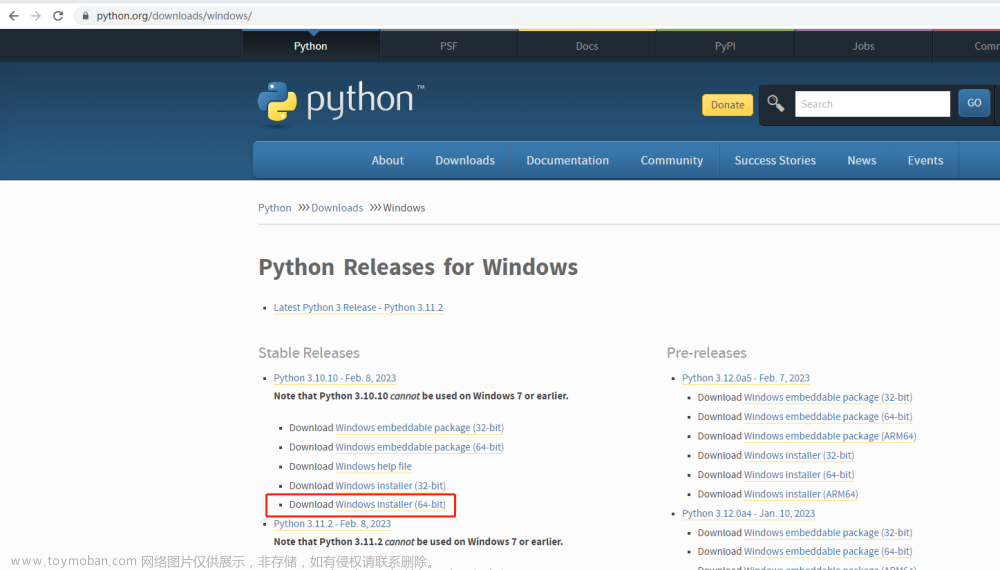参考
- https://blog.csdn.net/qq_23869697/article/details/124178117
- https://blog.csdn.net/m0_37201243/article/details/122531675
1、安装notebook
pip install notebook2、生成配置文件
jupyter notebook --generate-config
生成的配置文件,在linux下的路径一般是“/home/USERNAME/.jupyter/jupyter_notebook_config.py”
3、配置密码
jupyter notebook password
Enter password: ****
Verify password: ****
[NotebookPasswordApp] Wrote hashed password to /Users/you/.jupyter/jupyter_notebook_config.json4、编辑配置文件
vim ~/.jupyter/jupyter_notebook_config.py
# 在 jupyter_notebook_config.py 文件中添加以下配置
# Set ip to '*' to bind on all interfaces (ips) for the public server
c.NotebookApp.ip = '*'
c.NotebookApp.open_browser = False
# It is a good idea to set a known, fixed port for server access
c.NotebookApp.port = 8888
c.NotebookApp.notebook_dir = '/root/jupyter_projects' #这里是设置Jupyter的根目录
c.NotebookApp.allow_root = True # 为了安全,Jupyter默认不允许以root权限启动jupyter5、启动notebook后台运行
nohup jupyter notebook --port=12345 --no-browser > logs/jupyter_notebook.log 2>&1 &上面的指令也可以添加上 --allow-root
6、在本地浏览器访问
在浏览器中输入 http://ip:12345文章来源:https://www.toymoban.com/news/detail-653535.html
7、查看端口是不是被占用文章来源地址https://www.toymoban.com/news/detail-653535.html
# 查看端口12345是不是被其他进程占用了
netstat -lnp | grep 12345
# 也可以用下面的方式查看 端口12345 是不是被占用了
ps -ef | grep 12345到了这里,关于在服务器开jupyter notebook server的文章就介绍完了。如果您还想了解更多内容,请在右上角搜索TOY模板网以前的文章或继续浏览下面的相关文章,希望大家以后多多支持TOY模板网!













